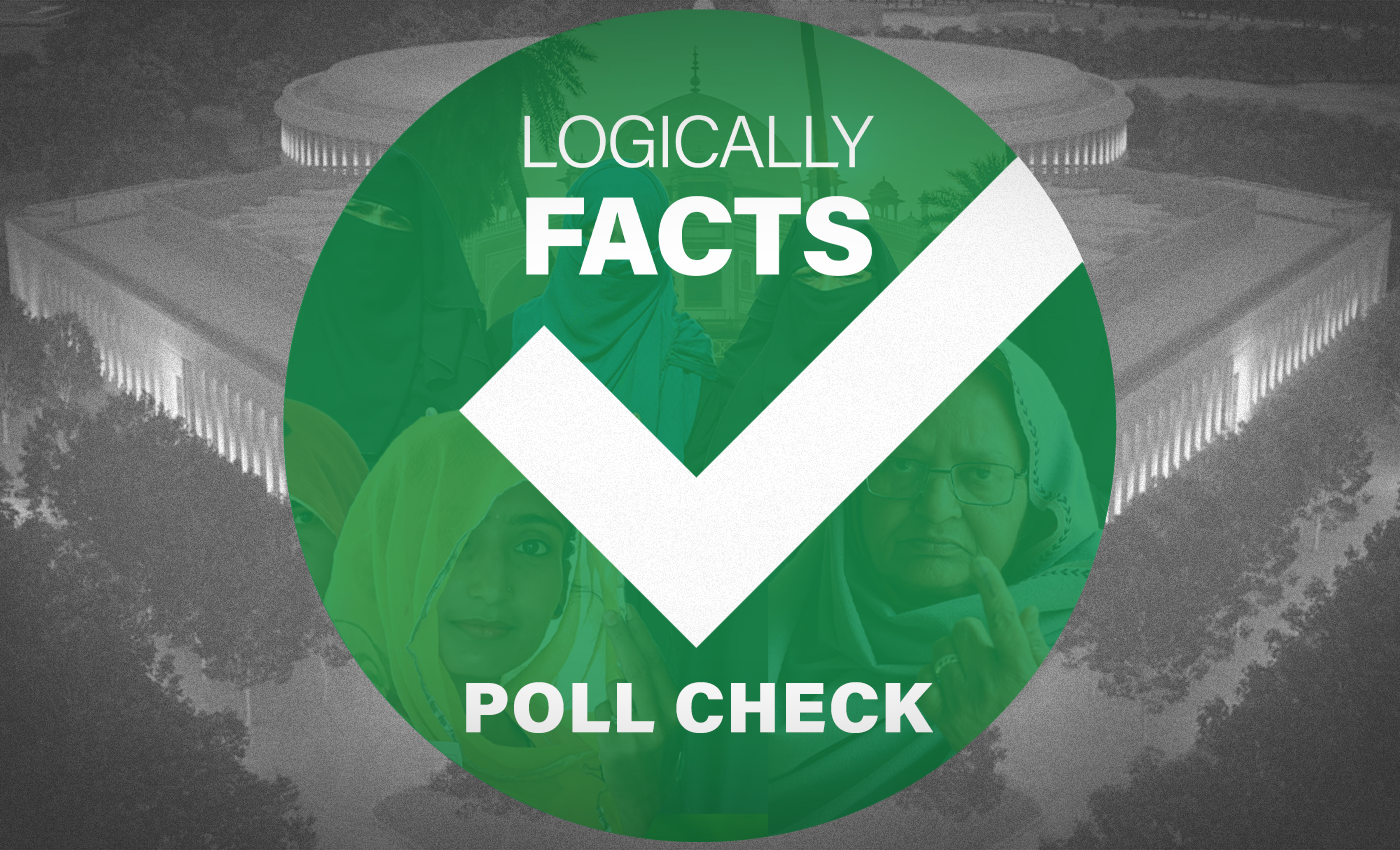By: umme kulsum
March 5 2024
Fact-checking 101: Learn how to debunk election misinformation

LF Poll Check
Citizens around the world will be casting their ballots as more than 50 countries prepare for national elections this year. From the United States to India and Indonesia, over 4 billion people are eligible to vote. With election integrity more vulnerable to fake news and propaganda than ever before, mis/disinformation is identified as the greatest threat in India, according to the World Economic Forum's 2024 Global Risk Report.
The escalating scale of narrative-building and propaganda presents complex challenges for the Indian elections, underscoring the importance of equipping ourselves with the tools necessary to distinguish fact from fiction. In our first video for 'Poll Check,' we will teach you several straightforward steps you can take to navigate the internet responsibly.
Refer to official sources
Posts claiming that the Election Commission of India (ECI) has announced the polling schedule—and showing what appears to be an official notice—often circulate ahead of elections. To verify such announcements, visit the ECI's official website and social media accounts. Always cross-check information from multiple reliable sources and fact-checking platforms to ensure accuracy.
Claims speculating which local leaders will be running and their backgrounds can be verified using the ECI's ‘Know Your Candidate’ application. Trusted platforms such as myneta.info provide essential information on candidates' criminal, financial, and educational records, as well as the financial details of various political parties.
Verifying original source of content
When encountering images, such as one featuring Prime Minister Narendra Modi sitting behind former Prime Minister Indira Gandhi, employ reverse image search tools like Google or TinEye to discover the original image and determine when it was first published. For videos, select a frame from the clip and run it through these tools to find its origin.
Scrutiny for AI-generated content
As AI-generated content becomes harder to detect and increasingly used in campaigning, keep an eye out for any inconsistencies. Look for unnatural movements, mismatched audio, or unusual lighting. Pay close attention to facial expressions and lip-syncing to spot discrepancies.
Remember, verify before you share!


